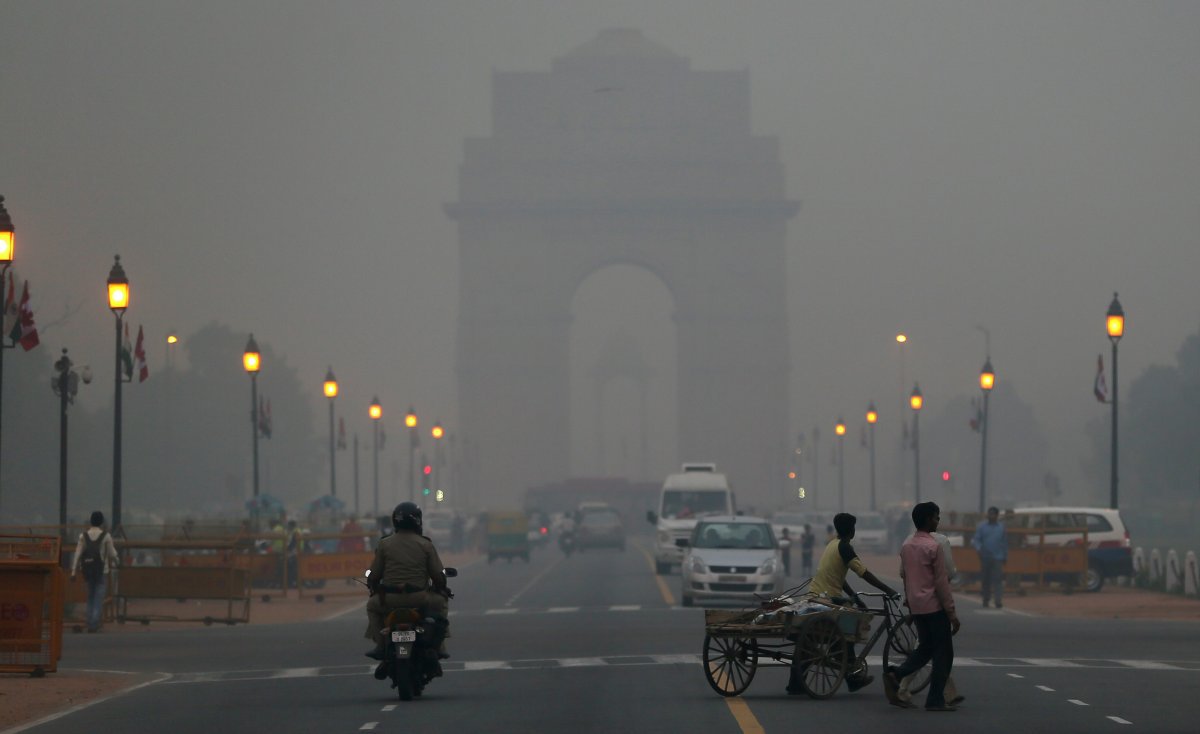It’s a known fact that the festival of lights, Diwali, is like a death knell for Delhi’s citizens. The masks and the dog ear muffs are out, infants and the elderly have been packed away to quieter, less-polluted environs. Meanwhile, experts have predicted a more lung-stifling Diwali for the city.
According to a Times Of India report, the capital’s air quality has already reached dangerous levels, breaching the hazardous “red zone“ on Sunday for the first time this season.
On Sunday, Delhi’s air quality index, separately calculated by CPCB and SAFAR, showed a common reading of 318. AQI measuring more than 300 is considered ‘very poor’ which in turn is likely to worsen during winters.

Even the US embassy’s air quality monitoring stations, located at Chanakyapuri, a cleaner and greener area than the other parts of the city, showed “unhealthy” levels as per its AQI measurement. (the air quality index read 177 on Sunday).
The alarming levels of air pollution can be attributed to one more factor. Just ahead of Diwali, farmers across north India start burning stubble to clear land for cultivation. The sudden dip in the temperature and heavy pre- Diwali traffic aren’t helping the cause either.
Commenting on the situation, Anumita Roy Chowdhury, executive director of Centre for Science and Environment told TOI, ”The onset of winter pollution has begun and as conditions begin to get colder, pollution levels will rise slowly.”

















